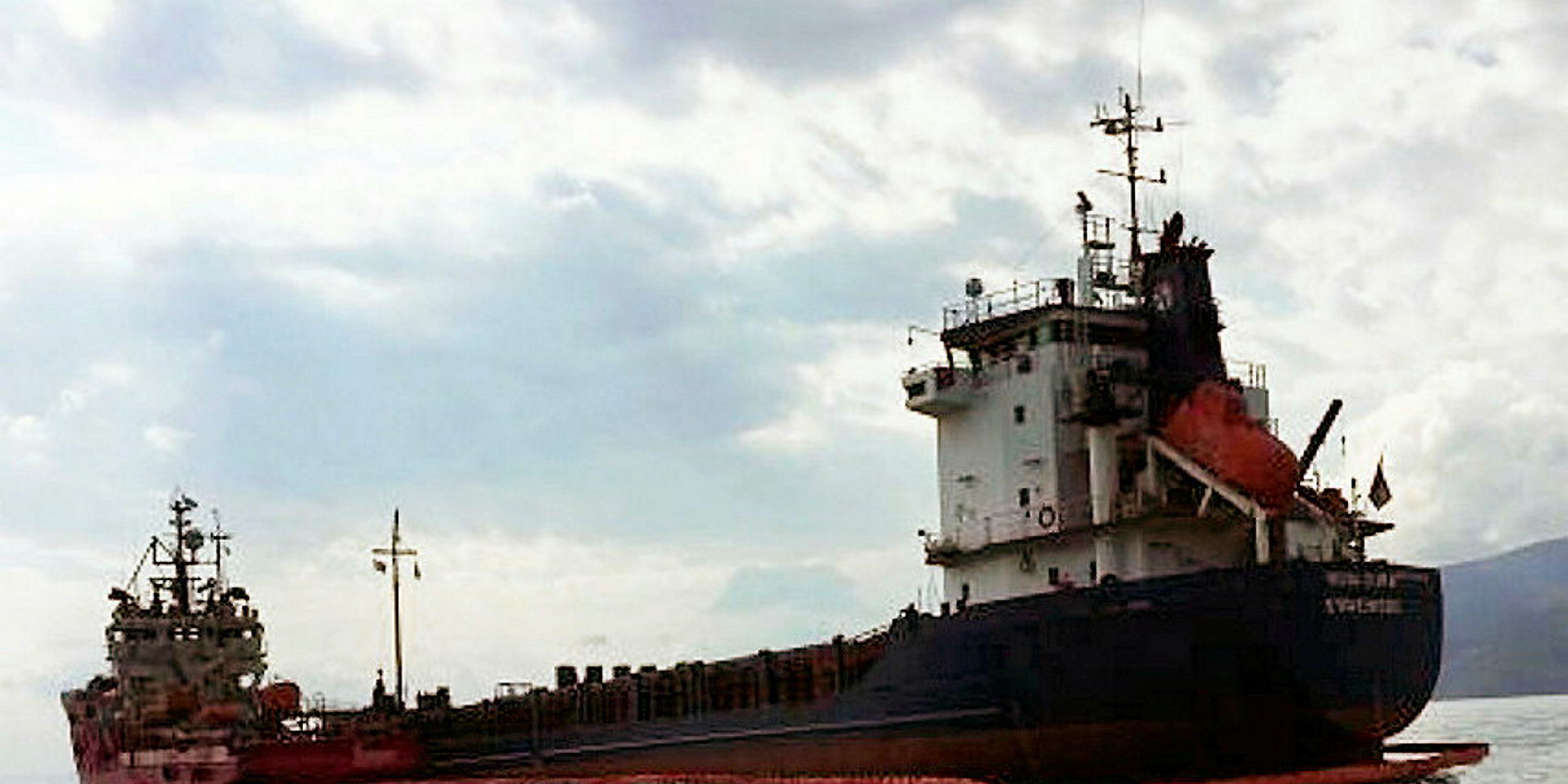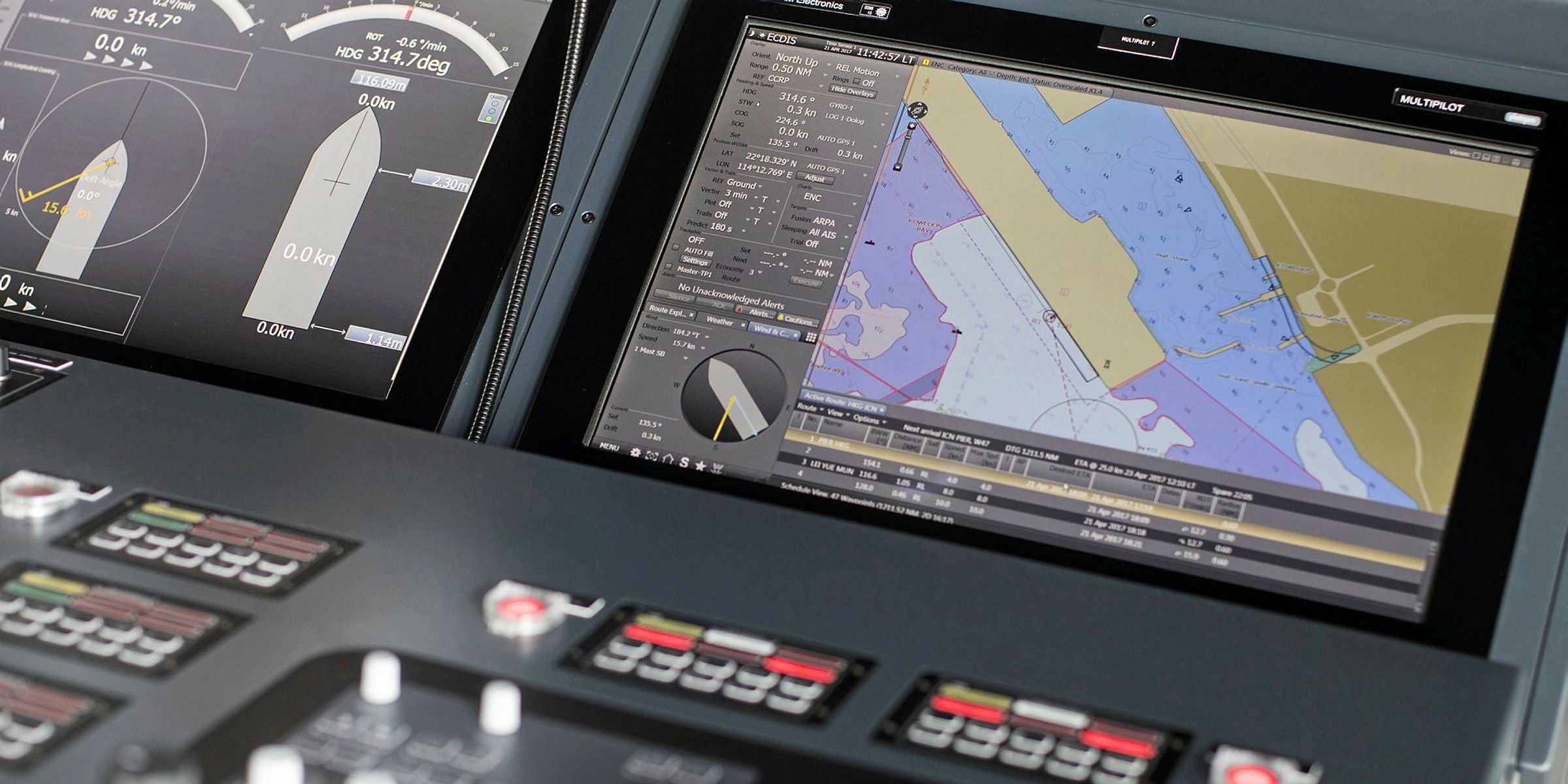A Dutch Safety Board accident investigation into the grounding and eventual constructive total loss of a general cargoship off the Greek island of Lesbos has raised serious questions about the safety of electronic navigation systems.
The 4,000-gt Nova Cura (built 1999) grounded in the shallow Lamna Reef in the Mytilini Strait, with the ship’s electronic chart display information system (ECDIS) indicating the depth should have been 112 metres.
The ship’s draught carrying a 4,400-tonne load of steel products at the time was just five metres.
The ship grounded hard and suffered such extensive water ingress and damage that it had to be declared a total loss.
The accident happened in April last year when the Nova Cura was heading for Izmir, Turkey, but was instructed to divert and pick up a cargo at Aliaga and the crew re-routed north of Lesbos.
That is where the ship’s problems began, according to the Dutch report. The new route was plotted without sufficient voyage planning, such as conferring with local pilots or identifying sector lights that highlight danger.
Such planning could have identified hazards and helped avoid the grounding, the Dutch probe says. The suggestion is that a reliance on ECDIS meant the Nova Cura’s officers did not deploy their traditional skills.
Assessing charts
Critically, the crew did not assess the reliability of the ship’s electronic nautical charts (ENC), which are displayed on ECDIS.
The reliability of ENCs is assessed through the Category Zones of Confidence, or CATZOC, system. The ENCs onboard the Nova Cura were based on hydrographic information dating back to the 1960s. They had a CATZOC rating of “U”, which meant they were of uncertain quality.
However, the crew were unaware of this rating system and did not check the charts for accuracy. The Lamna Reef was actually 0.2 nautical miles further north than indicated on the ship’s ENCs.
“The crew were unaware that major deviations could be present on the ENC,” the report found.
One problem highlighted by the report is that because ECDIS and ENCs are seen as relatively new technology in shipping — only becoming mandatory in 2012 — there is an assumption that they are based on modern data.

However, in some instances inaccurate and out of date information is uploaded onto ENCs from paper chart data.
Key to safety
“The modernity of ECDIS obscures the fact that the system maybe reliant on ENCs with a very low level of reliability. Checking the CATZOC and the pickup reports is therefore the key to safe navigation,” the Dutch report said.
“The fact that the technology itself is modern could lead to a mistaken belief that the information on which the technology is based is up to date,” it added.
Another problem identified with ECDIS is that in the default mode the sector light settings, which alert officers on watch of potential hazards, is disabled.
The Dutch Safety Board now wants to see shipowners make crew aware of the CATZOC system and encourage them to deploy their traditional seafarer skills when using ECDIS.
“They must continue to rely on traditional navigational skills, such as those required when using a paper chart for navigation, alongside modern navigation technology such as ECDIS,” the report said.
The Dutch Safety Board would also like to see the International Hydrographic Organization set age limits and standards on the information that can be uploaded to ENCs.
It wants the IMO to make an inventory of the safety risks associated with ECDIS and then to take measures to mitigate them. One suggestion is to make guidelines on the safety information that should be displayed on ECDIS in its default view.



